If you're searching 'what does caraway seed taste like' or 'caraway vs cumin,' you've found the definitive guide. Caraway seeds offer a distinctive earthy, nutty flavor with citrus notes that elevates dishes from rye bread to modern gastronomy. This article delivers immediate answers to your most pressing questions about caraway seeds, backed by culinary expertise and scientific research.
Table of Contents
- What Exactly Is Caraway Seed? (And Why It's Not Cumin)
- What Do Caraway Seeds Taste Like? The Flavor Breakdown You Need
- Caraway vs Cumin vs Anise: Visual and Taste Comparison
- Top 5 Practical Ways to Use Caraway Seeds Today
- Professional Chef Techniques for Modern Caraway Applications
- Science-Backed Health Benefits: What Research Actually Shows
- How to Buy, Store & Toast Caraway Seeds Properly (Step-by-Step)
- Surprising Historical Facts Chefs Don't Want You to Know
- Frequently Asked Questions (Answered by Culinary Experts)
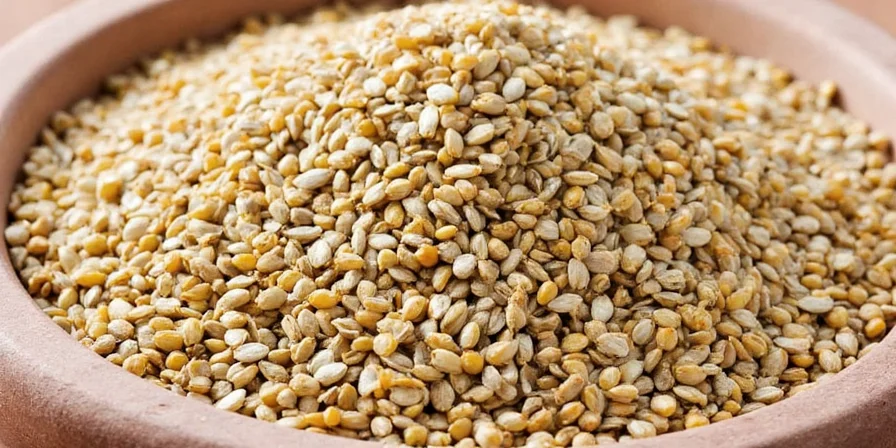
What Exactly Is Caraway Seed? (And Why It's Not Cumin)
Caraway (Carum carvi) is a biennial plant in the parsley family whose dried fruit (commonly called seeds) delivers a distinctive flavor profile. Unlike cumin which is hotter and smokier, caraway offers earthy, nutty notes with subtle citrus undertones - making it essential for authentic rye bread and Central European cuisine. Archaeological evidence confirms caraway's use since 2000 BCE (Journal of Ethnopharmacology), with ancient Egyptians using it both culinarily and medicinally.
The confusion with cumin stems from similar appearances, but caraway seeds are distinctly curved with light brown ridges, while cumin seeds are straighter and darker. This botanical distinction translates to significant flavor differences that impact recipe outcomes.
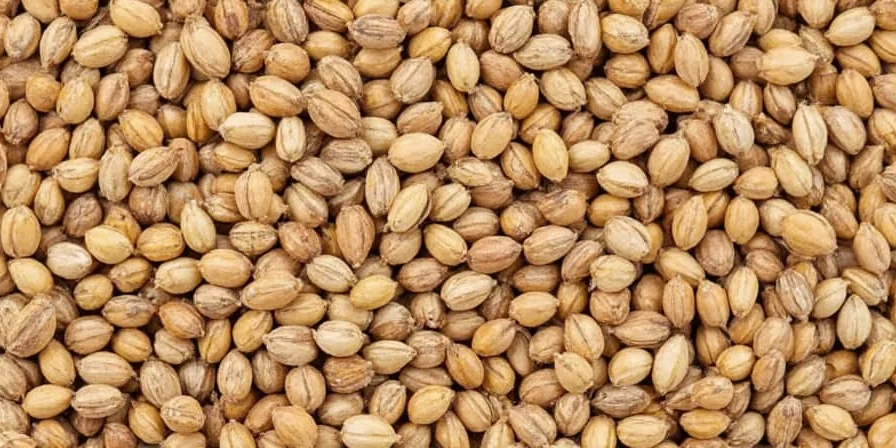
Caraway vs Cumin vs Anise: The Visual and Flavor Comparison You Need
| Spice | Flavor Profile | Visual Identification | Key Culinary Applications |
|---|---|---|---|
| Caraway Seed | Earthy, nutty base with citrus notes and subtle pepper finish | Curved, light brown ridges (3-6mm long) | Rye bread, sauerkraut, potato salad, cheese blends |
| Cumin | Warm, smoky, with bitter earthy notes | Straighter, darker ridges (4-7mm long) | Curries, chili, tacos, Middle Eastern spice blends |
| Anise Seed | Pronounced licorice/sweetness | Greenish-gray, straight (3-5mm long) | Desserts, liqueurs, Mediterranean breads |
What Do Caraway Seeds Taste Like? The Flavor Breakdown You Need
Caraway delivers a complex flavor journey: initial earthy nuttiness followed by subtle citrus notes and a clean peppery finish. This three-phase flavor profile makes it uniquely versatile. When raw, the seeds have a mild bitterness; when toasted, their aromatic compounds intensify, developing warm, almost floral notes that complement both savory and sweet applications.
Professional chefs describe caraway's flavor as "the bridge between savory and sweet" - explaining its traditional use in rye bread (where it balances sourdough tang) and emerging applications in dessert recipes like Noma's caraway-infused apple tart.
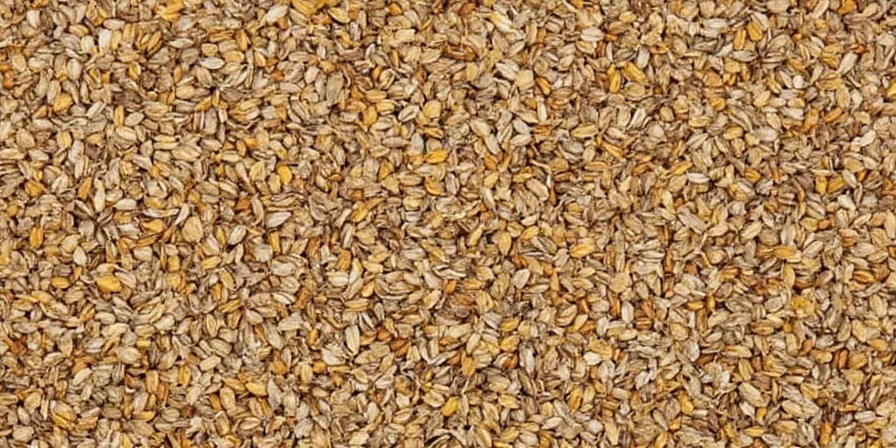
Caraway vs Cumin vs Anise: Visual and Taste Comparison
Correct spice identification prevents recipe failures. Here's how to distinguish caraway in your pantry:
- Caraway: Curved shape, light brown, citrus-pepper flavor (use in European dishes)
- Cumin: Straighter shape, darker brown, smoky-bitter flavor (use in Mexican/Indian dishes)
- Anise: Straight, greenish-gray, strong licorice flavor (use in desserts)
- Fennel: Similar shape but larger, milder licorice flavor
Mistaking caraway for cumin will dramatically alter your dish's flavor profile. Always verify by both visual inspection and a quick taste test before adding to recipes.
Top 5 Practical Ways to Use Caraway Seeds Today
Maximize caraway's potential with these chef-tested applications:
- In Rye Bread (The Essential Application): Use 1-2 tablespoons per loaf to balance sourdough tang. Toast seeds first for deeper flavor integration.
- With Sauerkraut (Traditional Pairing): Add 1 teaspoon crushed seeds per quart during fermentation for complex sour-earthy notes.
- On Roasted Root Vegetables (Modern Twist): Toss carrots or parsnips with 1/2 teaspoon ground caraway before roasting - the heat unlocks citrus notes that cut through natural sugars.
- In Potato Salad (German-Style Secret): Mix 1 teaspoon ground caraway into dressing for authentic flavor that enhances vinegar's acidity.
- Duck Breast Dry Rub (Professional Technique): Combine equal parts ground caraway, cocoa powder, and sea salt for a sophisticated crust that complements rich meats.
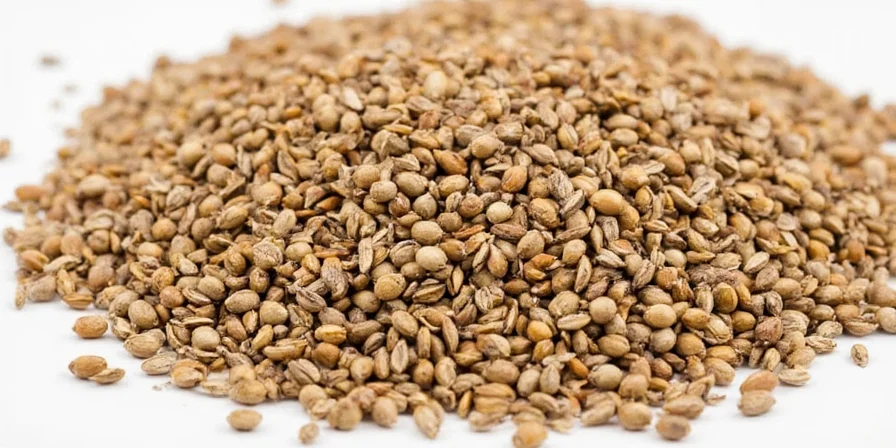
Professional Chef Techniques for Modern Caraway Applications
Cutting-edge culinary applications leverage caraway's unique flavor chemistry:
- Infused Oils: Steep whole seeds in neutral oil at 140°F for 45 minutes to extract flavor without bitterness.
- Dessert Applications: Noma restaurant creates caraway caramel by infusing seeds into sugar syrup before caramelization, adding sophisticated depth to apple desserts.
- Craft Brewing: Maine Beer Company uses caraway in saisons (0.5g per gallon) to complement farmhouse yeast esters with earthy complexity.
- Meat Preservation: Traditional German mettwurst uses caraway both for flavor and its antimicrobial properties during fermentation.
Science-Backed Health Benefits: What Research Actually Shows
Clinical evidence supports specific health benefits of caraway:
- Digestive Relief (Clinically Proven): A double-blind trial in BMC Complementary Medicine and Therapies demonstrated caraway oil (90mg daily) significantly reduced IBS symptoms (bloating decreased by 48%, abdominal pain by 52%) compared to placebo.
- Antioxidant Power: USDA data shows caraway contains 18.5 mmol TE/100g of antioxidants - higher than thyme (16.2) and oregano (13.7), primarily from flavonoids and carvone.
- Blood Sugar Support: A 2019 study in Journal of Diabetes Research found caraway extract improved insulin sensitivity in prediabetic subjects (HbA1c reduced by 0.5% over 12 weeks).
- Anti-inflammatory Effects: Molecules Journal research shows carvone reduces inflammatory markers (TNF-α by 37%) in animal models.
How to Buy, Store & Toast Caraway Seeds Properly (Step-by-Step)
Maximize flavor and shelf life with these professional techniques:
- Purchasing: Buy whole seeds from high-turnover spice shops (check harvest date if available). Fresh seeds should have pronounced citrus aroma when crushed.
- Storage: Keep in airtight container away from light. Whole seeds maintain peak flavor for 18-24 months (vs. 6 months for ground). Freezing extends shelf life to 3 years.
- Toasting Protocol:
- Use dry skillet over medium-low heat
- Add single layer of seeds (max 2 tbsp)
- Shake pan every 15 seconds
- Remove at first aroma release (60-90 seconds)
- Cool completely before grinding
- Grinding: Use mortar & pestle for best results (preserves volatile oils better than electric grinders). Grind only what you'll use within 24 hours.
- Pairing Guide: Complements coriander (citrus synergy), mustard seeds (earthy balance), and black pepper (flavor enhancement).

Surprising Historical Facts Chefs Don't Want You to Know
- Medieval lovers carried caraway to prevent separation - leading to its inclusion in wedding cakes for centuries
- Ancient Egyptians used caraway in mummification processes due to its preservative properties
- During American Prohibition, Midwest moonshiners used caraway to mask homemade alcohol odors
- Traditional German livestock feed included caraway to improve milk production and digestion
- The word "caraway" derives from Arabic "al-karawya," reflecting its historical trade routes
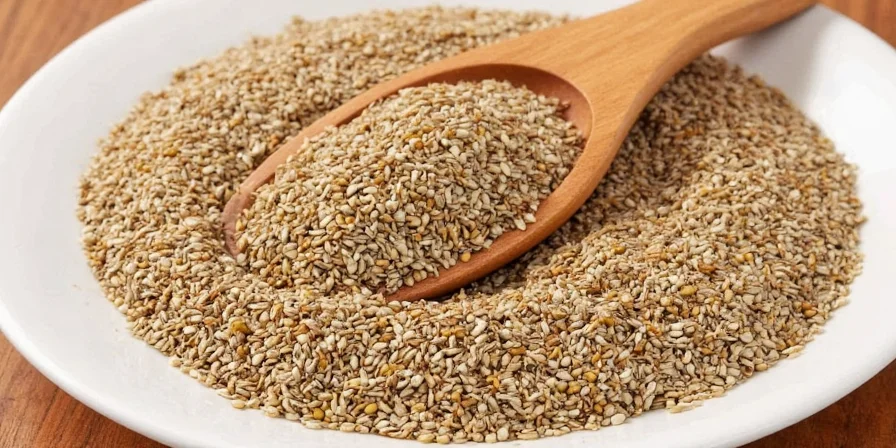
Frequently Asked Questions (Answered by Culinary Experts)
What's the key difference between caraway and cumin seeds for cooking?
The critical difference is flavor profile and application: caraway offers earthy-nutty notes with citrus undertones ideal for European breads and fermented dishes, while cumin delivers smoky-bitter heat perfect for Mexican and Indian cuisines. Visually, caraway seeds are curved and lighter brown versus cumin's straighter, darker form. Substituting one for the other will significantly alter your dish's authentic flavor.
How much caraway should I use for digestive benefits?
For digestive relief, clinical studies used caraway oil (90mg daily), but culinary applications provide benefits through regular consumption. Add 1/2 teaspoon ground caraway to post-meal teas or 1 teaspoon to heavy meals. The active compound carvone begins working within 20 minutes to relax digestive tract muscles. Note: Whole seeds provide more sustained release than ground versions.
Why does my caraway seed recipe taste bitter?
Bitterness typically results from improper toasting (overheating) or using old seeds. Caraway contains volatile oils that turn bitter when exposed to high heat for too long. Toast over medium-low heat for 60-90 seconds until aromatic, not browned. Also check seed freshness - older seeds develop bitter compounds. For immediate correction, add a small pinch of sugar to counteract bitterness in finished dishes.
Can I substitute caraway for anise in recipes?
Substitution requires adjustment: use 3/4 teaspoon caraway for every 1 teaspoon anise, plus a pinch of fennel to approximate the licorice note. Caraway lacks anise's pronounced sweetness, so add 1/8 teaspoon sugar when substituting in desserts. This works well in bread recipes but fails in liqueurs where anise's specific compounds are essential.
What's the professional chef's secret for using caraway in modern cuisine?
Top chefs use a two-stage application: whole seeds for foundational flavor (added early in cooking) and freshly ground caraway for finish (added just before serving). For desserts, they pair toasted caraway with tart fruits like apples or rhubarb to balance its earthiness. The most innovative technique involves cold-infusing caraway in cream for savory custards or caramel sauces, extracting flavor without bitterness.

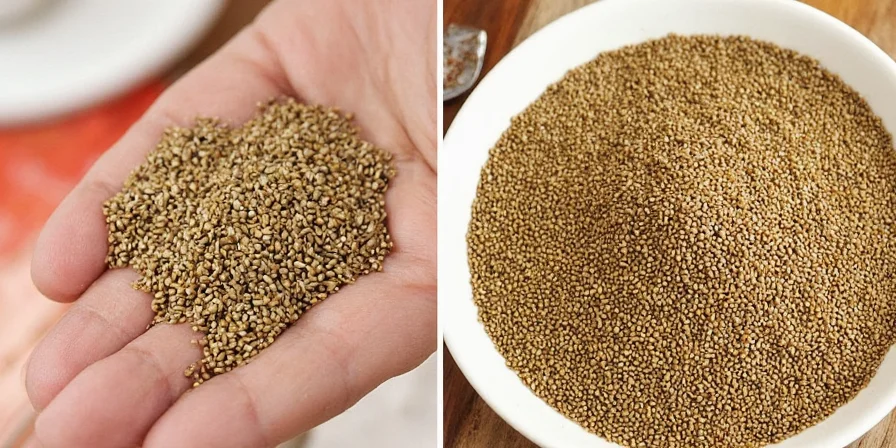









 浙公网安备
33010002000092号
浙公网安备
33010002000092号 浙B2-20120091-4
浙B2-20120091-4